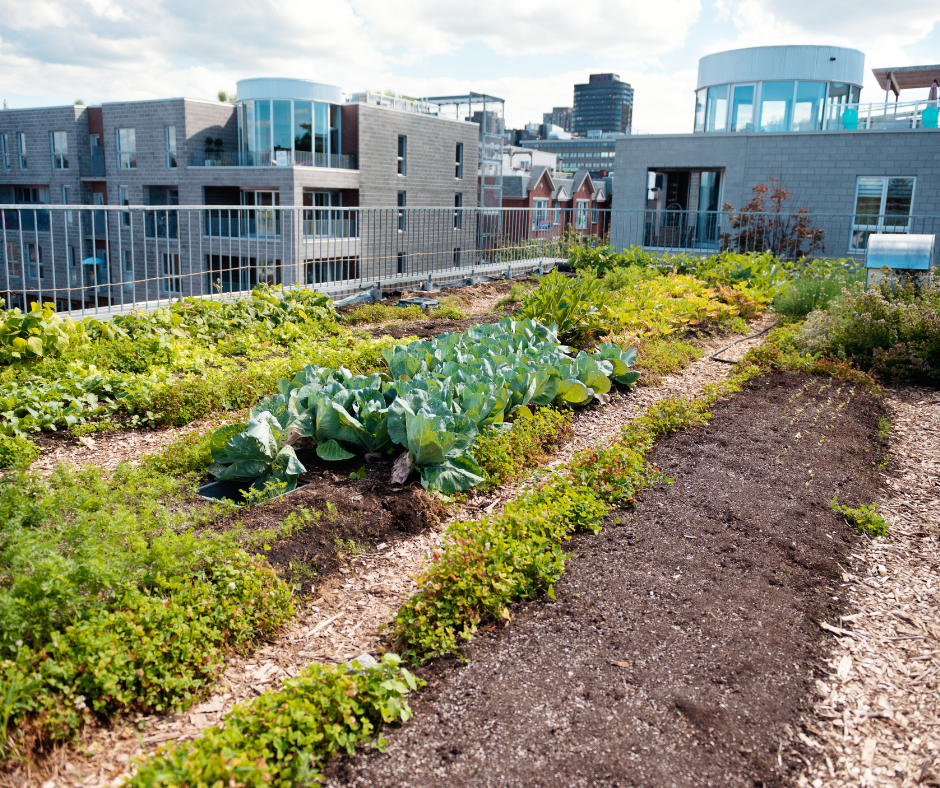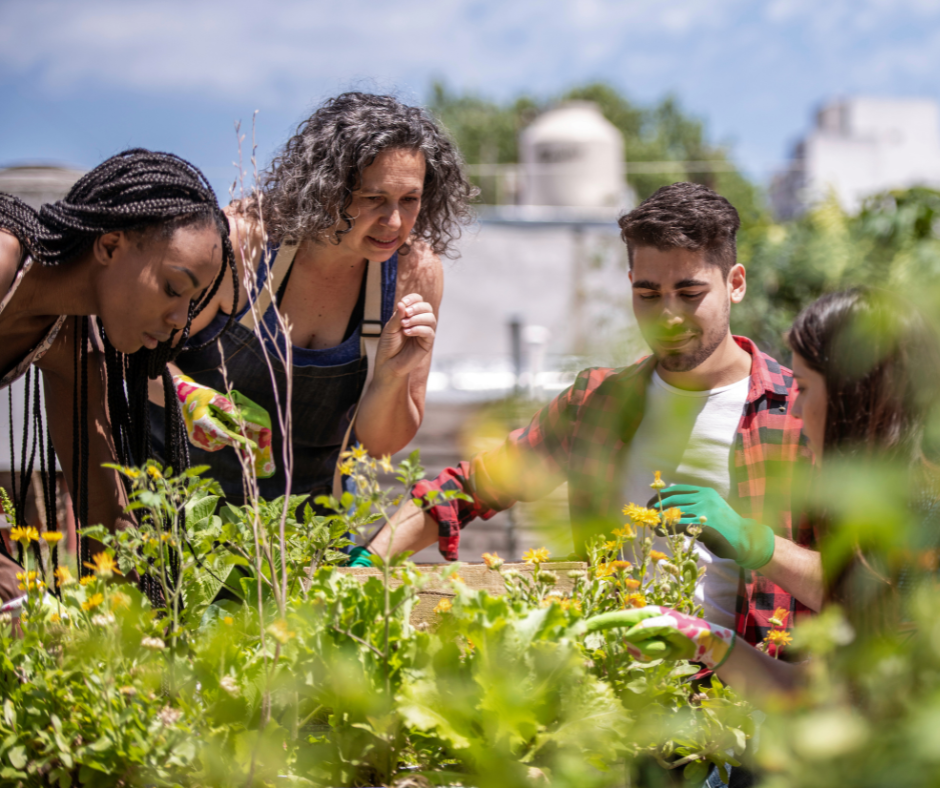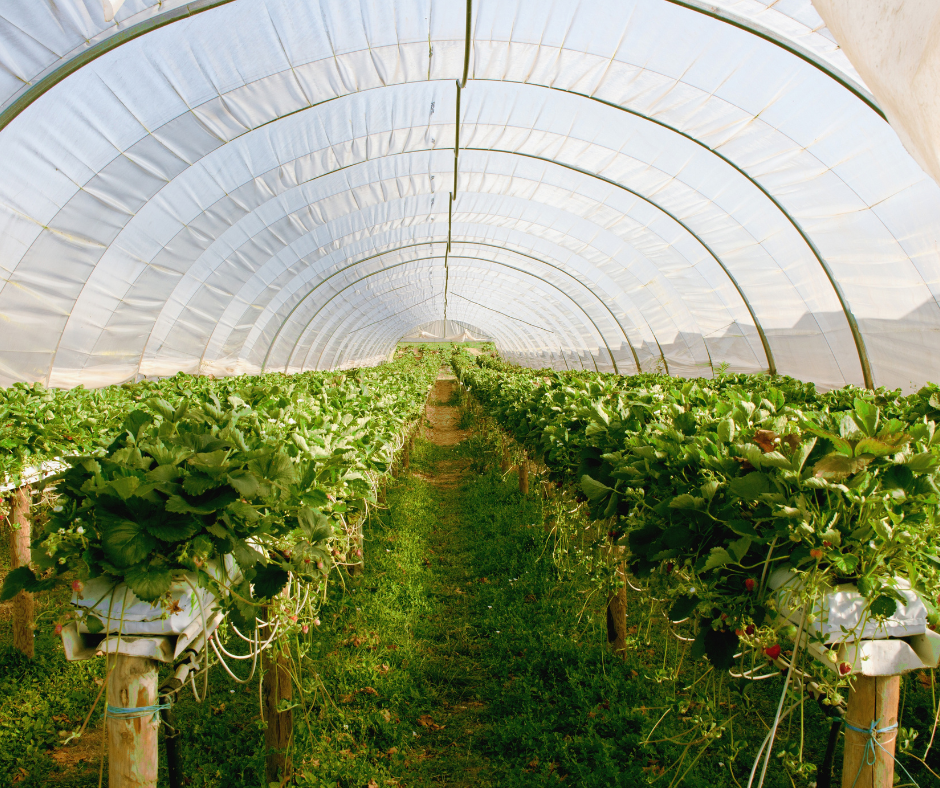

Gotham Greens: Spotlight on Successful Urban Agriculture
Summary
Urban agriculture addresses challenges in modern cities by promoting local food production, improving environmental sustainability, and fostering community engagement. Gotham Greens is a prime example, with high-tech greenhouses in New York, Chicago, and Davis. These facilities provide fresh produce, reduce carbon footprints, and support local economies and food security. Their innovative practices showcase the potential of urban agriculture to transform urban landscapes and contribute to healthier, more resilient cities.
Reflection Questions
- How does urban agriculture like that practiced by Gotham Greens contribute to environmental sustainability compared to traditional farming methods?
- What are some social benefits of urban agriculture that can positively impact local communities?
- How can urban agriculture initiatives address the issue of food deserts and improve access to fresh produce in urban areas?
Journal Prompt
Reflect on the concept of sustainable urban agriculture and its potential impact on your community. Consider the environmental, social, and economic benefits it could bring. How might urban agriculture change the way you and your neighbors interact with food production? Write about ways you could support or participate in urban agriculture initiatives in your area, and what benefits you hope to see as a result.
Urban agriculture offers a multifaceted approach to addressing some of the pressing challenges faced by modern cities. By promoting local food production, improving environmental sustainability, and fostering community engagement, urban agriculture has the potential to transform urban landscapes and contribute to healthier, more resilient cities. With rooftop greenhouses and carefully-planned delivery routes to local grocery stores, Gotham Greens is one company transforming the way we produce and consume food in the United States.
What Exactly is Urban Agriculture?


Urban agriculture refers to the practice of cultivating, processing, and distributing food in or around urban areas. This movement aims to integrate food production into the urban fabric, bringing numerous benefits such as increased food security, reduced transportation emissions, and enhanced urban resilience. Urban agriculture includes a variety of activities such as community gardens, rooftop farms, indoor hydroponic and aquaponic systems, and vertical farming.
Enhanced Local Food Security


One of the primary advantages of urban agriculture is its potential to enhance local food security. By growing food closer to where it is consumed, urban agriculture can reduce the dependence on long supply chains, which are vulnerable to disruptions.
This local production can provide fresh, nutritious produce to urban populations, including those in food deserts—areas where access to fresh food is limited. According to a report by the Food and Agriculture Organization (FAO), urban agriculture can contribute significantly to the food needs of city dwellers, particularly in low-income neighborhoods.
Environmental Benefits


Environmental benefits are another key aspect of urban agriculture. Traditional agriculture often involves long-distance transportation, which contributes to greenhouse gas emissions. By producing food within the city, urban agriculture can significantly reduce the carbon footprint associated with food transport.
Moreover, urban farms can utilize vacant or underused urban spaces, transforming them into green areas that help reduce the urban heat island effect and improve air quality. Practices such as hydroponics and aquaponics, which use water more efficiently than traditional farming, are particularly well-suited to urban settings where space and resources may be limited.
Social Benefits


Community gardens and urban farms can serve as community hubs, fostering social interaction and strengthening neighborhood ties. They provide educational opportunities, teaching urban residents about food production, sustainability, and nutrition. Additionally, these initiatives can create local jobs and stimulate the urban economy by supporting local food businesses and markets.
Fuel your creative fire & be a part of a supportive community that values how you love to live.
subscribe to our newsletter
Spotlight on Gotham Greens
Gotham Greens Farms is a leading innovator in urban agriculture—specializing in climate-controlled, high-tech greenhouses that produce fresh, delicious leafy greens and herbs year-round. With operations in Chicago, Davis, and New York, the fresh food company is one of several successful urban ag projects in the United States.
New York
Gotham Greens began in New York City with the first commercial urban rooftop greenhouse in Brooklyn in 2011. Since then, they have expanded to multiple locations across the city, including a major facility in Jamaica, Queens. This 60,000 square-foot greenhouse grows millions of heads of leafy greens each year, serving the New York Tri-State area.
Their New York operations highlight the company’s commitment to transforming urban spaces into productive agricultural sites, reducing the environmental footprint of food production, and providing fresh produce, herbs, salad dressings, cooking sauces, new salad kits, and more to local communities.
Chicago
Gotham Greens expanded outside of New York for the first time by opening a greenhouse in Chicago in 2015. Located in the historic Pullman neighborhood on the South Side, this 75,000 square-foot rooftop greenhouse is situated atop the Method Products manufacturing plant. It is powered by 100% renewable energy and employs over 50 workers from the local community.
The facility produces nearly 10 million heads of greens annually, contributing significantly to the local food system and the economic revitalization of the Pullman district. Gotham Greens further expanded in Chicago in 2019 with a second greenhouse in the same area, making it the city’s largest urban agriculture campus.
Davis
In 2021, Gotham Greens opened its first West Coast greenhouse near the University of California, Davis. This state-of-the-art, 10-acre facility enables collaboration with UC Davis on research and innovation in indoor agriculture.
Here, Gotham Greens produces a wide variety of vegetables and herbs while supporting sustainable farming practices that use significantly less water and land compared to traditional farming methods. This facility aims to address the challenges of water shortages and climate change impacts on agriculture, aligning with Gotham Greens’ mission to create a more sustainable food system that preserves natural resources.
Final Thoughts


Companies like Gotham Greens are transforming the way we farm by “putting people and the planet” first. The Certified B Corporation continues to expand its national network of greenhouses across the United States, promoting sustainable urban farming practices and partnering with local communities and institutions to foster innovation in agriculture. For more information, visit their official website.








